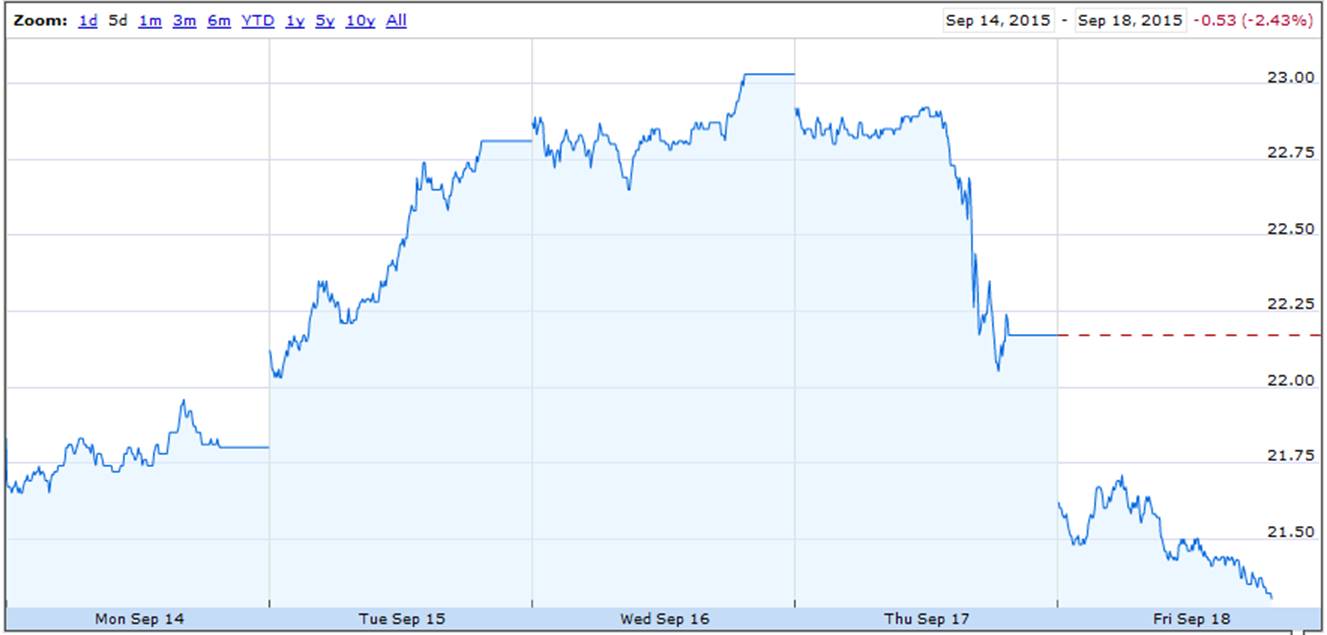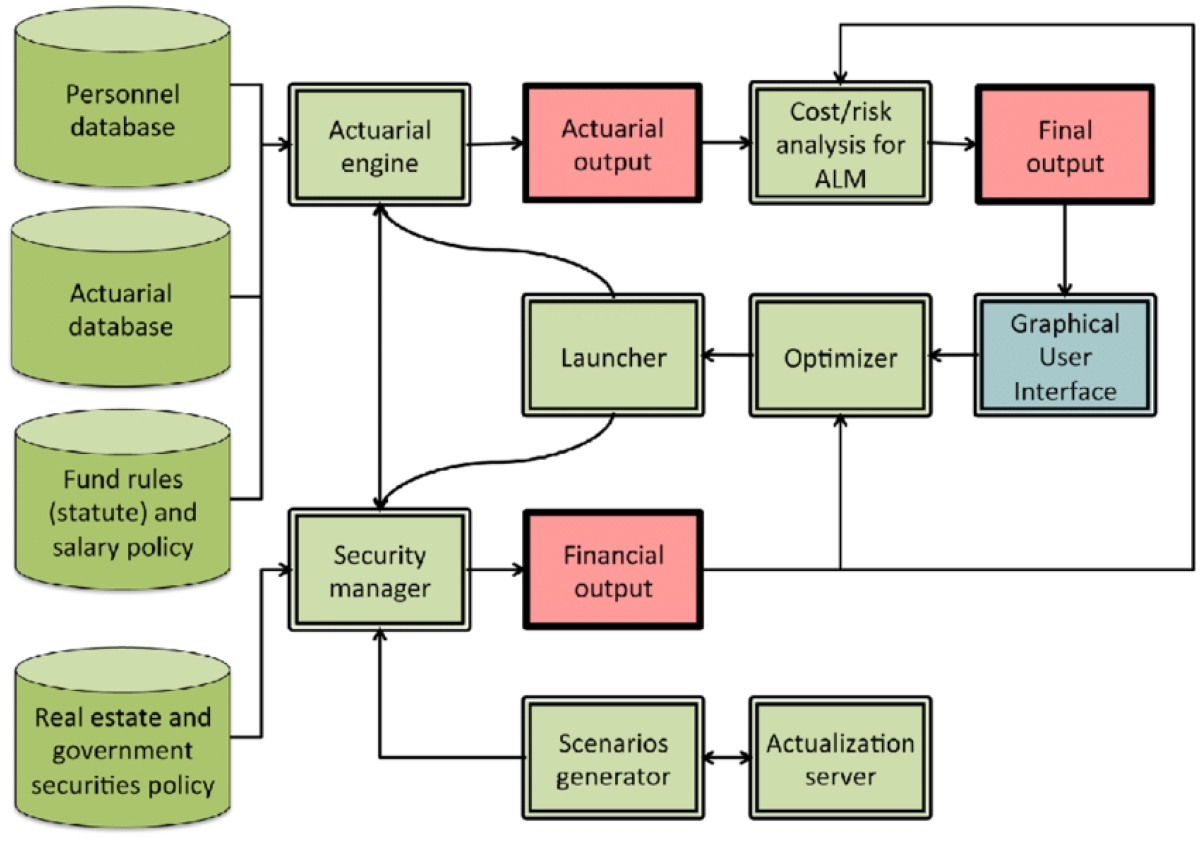

Finance
Below-Market Interest Rate (BMIR) Definition
Published: October 15, 2023
Get a clear understanding of Below-Market Interest Rate (BMIR) in finance. Discover how it can affect your financial decisions and explore its significance in the industry.
(Many of the links in this article redirect to a specific reviewed product. Your purchase of these products through affiliate links helps to generate commission for LiveWell, at no extra cost. Learn more)
What is a Below-Market Interest Rate (BMIR)?
In the world of finance, interest rates play a crucial role in determining the cost of borrowing money. One type of interest rate that you might come across is the below-market interest rate (BMIR). But what exactly does it mean? In this article, we’ll define what a BMIR is and explore its significance in the financial industry.
Key Takeaways:
- A below-market interest rate (BMIR) is an interest rate that is lower than the prevailing market rate.
- BMRIs are often offered by governments and organizations as a means to promote certain economic activities or provide assistance to specific groups of individuals.
A below-market interest rate is simply an interest rate that is lower than the prevailing market rate. It can be offered by governments, financial institutions, or organizations for various reasons. The purpose of a BMIR often involves promoting certain economic activities or providing assistance to specific groups of individuals. Let’s delve deeper into why BMRIs exist and what they mean for borrowers and lenders alike.
1. Promoting economic activities: Governments sometimes offer BMRIs to incentivize certain economic activities. For example, they may provide below-market interest rates on loans for businesses in underdeveloped regions to encourage investment and boost local economies.
2. Assisting specific groups: Nonprofit organizations and government agencies may offer BMIRs to assist specific groups of individuals who may face financial challenges. This can include student loans with below-market interest rates to help make education more affordable or mortgages with lower rates for low-income families to promote homeownership.
It’s important to note that while BMIRs can be beneficial for borrowers, lenders also consider the risks associated with offering lower interest rates. They may carefully evaluate the creditworthiness and financial stability of the borrower before approving a loan or determining the interest rate.
So, is a below-market interest rate a good option for you? Well, it depends on your individual circumstances and needs. If you qualify for a BMIR loan and it aligns with your financial goals, it could potentially save you money on interest payments over the life of the loan. However, it’s important to carefully assess the terms and conditions, as well as any potential eligibility requirements, to make an informed decision.
In conclusion, below-market interest rates play a significant role in promoting economic activities and assisting specific groups of individuals. They can be a valuable tool for borrowers seeking financial assistance. However, it’s crucial to consider the terms and eligibility criteria before opting for a BMIR loan. As with any financial decision, it’s always recommended to consult with a qualified financial advisor to ensure you make the best choice for your unique circumstances.














